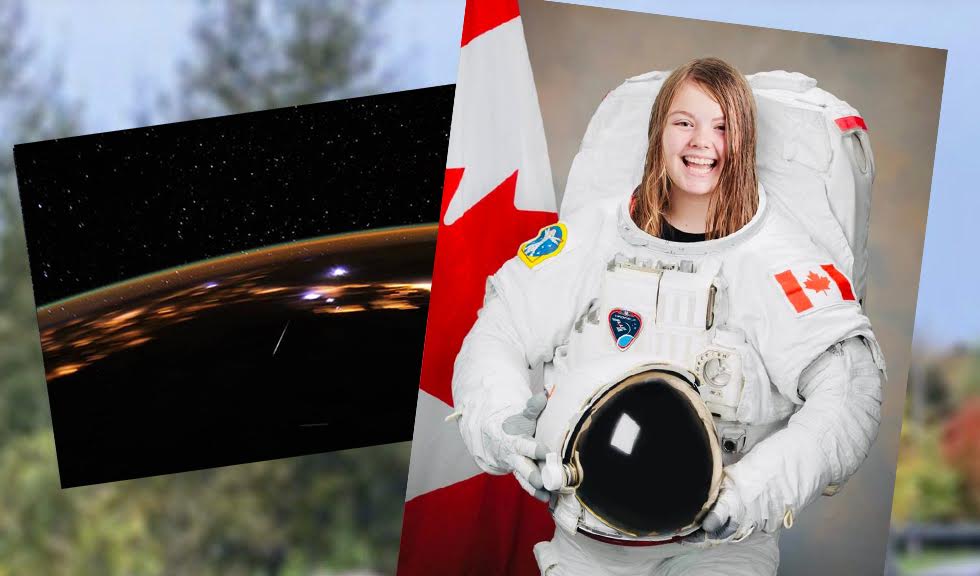The first month of 2024 has come to a close! Even though January is now over, our night sky will only continue to provide us with far more opportunities to experience exciting astronomical events from our own backyards. From the SpaceX Crew-8 mission to the Snow Moon, here are some of February’s most anticipated astronomical phenomena and launches.
The PACE mission will be launched on February 6. PACE (or the Plankton, Aerosol, Cloud, ocean Ecosystem mission) is an Earth-observing satellite designed by NASA. Its main goal is to advance our knowledge and understanding of the carbon cycle, clouds, ecology, the global ocean colour, and so much more. It will be launched from Cape Canaveral, Florida on a Falcon 9 Block 5 rocket and has a planned mission duration of between 3 and 10 years.
The Alpha Centaurids meteor shower has a predicted peak of February 8, though it will be active between January 28 and February 21. The Alpha Centaurids are a fairly minor annual meteor shower with an hourly rate of about three meteors an hour, though they will likely only be visible for those in the Southern Hemisphere. They were first officially observed in 1969, though a possible observation may have occurred in 1938. Unlike with many other meteor showers, the parent body that began the yearly Alpha Centaurids is not currently known.
The SpaceX Crew-8 mission is estimating a launch date in mid-February, though there is still no exact launch date confirmed. It will be launched from the Kennedy Space Center in Florida, with a crew of four astronauts, including three who have never completed a spaceflight. This crew includes spacecraft commander Matthew Dominick, US Navy test pilot with over 1,600 hours of flight time logged; pilot Michael Barratt, previous flight surgeon and astronaut with over 200 days spent in space to date; mission specialist Jeanette Epps, American aerospace engineer and first African-American woman to participate in the European Space Agency’s CAVES astronaut training program; and other mission specialist Alexander Grebenkin, a Russian cosmonaut who previously worked as an aircraft readiness technician. This mission will take these four crew members to the International Space Station and has a planned duration of 180 days.
The Snow Moon, or the full moon of February, will arrive at 7:30 AM (Eastern Time) on February 24. Named for the heavy snowfall that falls during the second month of the year, the Snow Moon is called by many names, including the Bald Eagle Moon, the Black Bear Moon, the Groundhog Moon, and the Goose Moon.
Whether you choose to try your best to observe the Alpha Centaurids meteor shower on February 8 or the rising of the Snow Moon on February 24, the second month of 2024 will provide all astronomy lovers with many more chances to learn more about meteor showers, rocket launches, and so much more.




